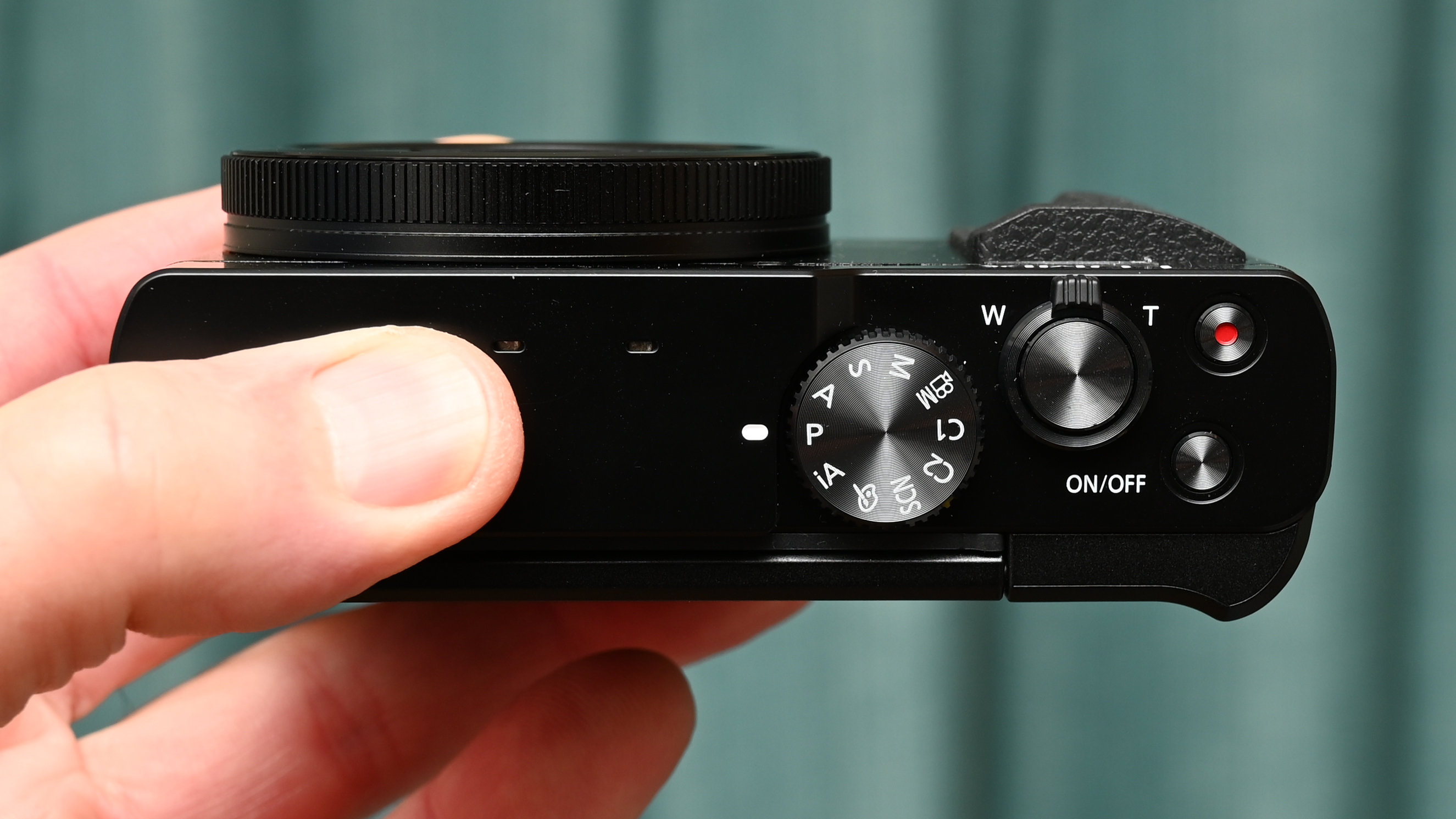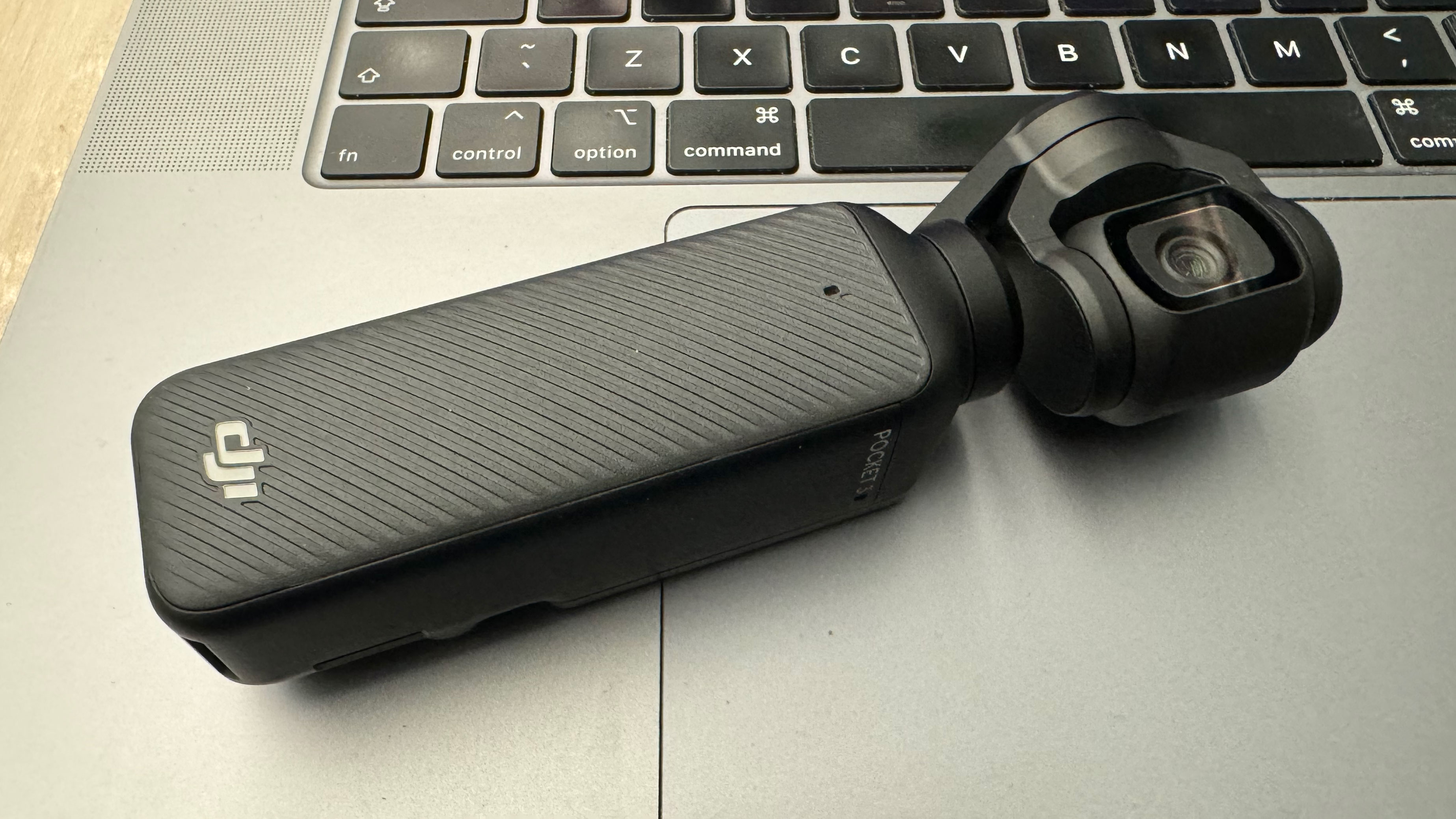Cheap compact cameras were making a comeback. Then came the tariffs
Rising demand plus rising costs may be the perfect storm that makes affordable compact cameras hard to find

Back when the smartphone camera started killing off the point-and-shoot, I thought for sure the only compact cameras that would stick around would be those that offered the zoom, waterproofing or larger sensors that smartphones didn’t offer.
But, thanks in part to social media trends, the point-and-shoot is making a comeback – and even cheap models seem to be resurging.
Then, the tariffs came. Now, many of the affordable point-and-shoot cameras sit at a higher price point – at least in the US – while high-end compact cameras seem to be even harder to find than before.
The ongoing trade war is causing uncertainty across many different industries, but I’m worried that the new tariffs will throttle the emerging budget compact camera trend – at least in the US.
Only a few camera companies have announced price increases related to the new US tariff policies so far. But the price increases that I’ve seen are worrying for the US compact camera market.
While there have been a handful of high-end compacts announced over the last few years, the Panasonic Lumix ZS99 was one of the first to respond to the compact trend with a budget option. The compact zoom, which is called the TZ99 outside the US, listed for $499.99 at launch; earlier this month, the US price quietly increased by $200.
Vlogging cameras have become a popular compact option, and the DJI Osmo Pocket 3 has sold particularly well lately. But the price of the gimbal-clad camera has jumped from $519 to $799 in the US.
The best camera deals, reviews, product advice, and unmissable photography news, direct to your inbox!
A price increase in two popular cameras is hardly indicative of the market as a whole – and Amazon’s best-selling compact camera list is still filled with sub-$200 cameras, though many of them are the sort that don’t have a brand name attached to them.
But, I’m worried that the price increases that we’ve already seen are indicative of what may happen if a reasonable trade deal isn’t negotiated soon. If compact camera prices increase across the board, far fewer people will be looking to put down a camera phone for a dedicated camera.
The camera that many consider to be the first affordable film camera, the Kodak Camera from 1888, which only had one button and cost $25, originated from the Eastman Kodak company of New York. Today, few cameras are manufactured in the US (Red Cinema cameras being a notable, but high-end niche exception).
If analysts estimate that manufacturing the iPhone in the US would cost $3,500, how much would a US-made compact camera cost? How many years would it take to get such a manufacturing facility up and running? And how would any manufacturer get the proper parts when many come from overseas and still face tariff costs?
It’s not just the more affordable models that have been impacted by tariffs. While the Fujifilm X100VI has been hard to find since its launch, Fujifilm has now suspended orders in the US in response to the tariffs.
The Leica D-Lux 8, a Micro Four Thirds compact camera with a zoom lens that I’ve recommended as an alternative to the hard-to-find Canon G7X Mark III, has skyrocketed in price from $1,595 to $2,790.
The trade war has already shown some signs of de-escalation, with China tariffs temporarily dropped from 145% to 30%, and most other reciprocal tariffs temporarily reduced to 10%. But, according to a report by Yale, even with those lowered rates, the average US tariff is 17.5% – the highest rate since 1934.
The trend for compact cameras and the increasing import costs are creating the perfect storm – first, trends made many models hard to find. Now, tariffs may make many compact cameras hard to afford too.
With many brands yet to announce when or if price changes are coming and trade negotiations ongoing, what purchasing a camera in the US may look like over the next few months is unclear. For now, some prices have remained unchanged – like the handful of entry-level travel mirrorless cameras with prices rivaling some compacts – while others have jumped in response.
You may also like…
Browse the best compact cameras, or the best budget cameras.

With more than a decade of experience writing about cameras and technology, Hillary K. Grigonis leads the US coverage for Digital Camera World. Her work has appeared in Business Insider, Digital Trends, Pocket-lint, Rangefinder, The Phoblographer, and more. Her wedding and portrait photography favors a journalistic style. She’s a former Nikon shooter and a current Fujifilm user, but has tested a wide range of cameras and lenses across multiple brands. Hillary is also a licensed drone pilot.
You must confirm your public display name before commenting
Please logout and then login again, you will then be prompted to enter your display name.

